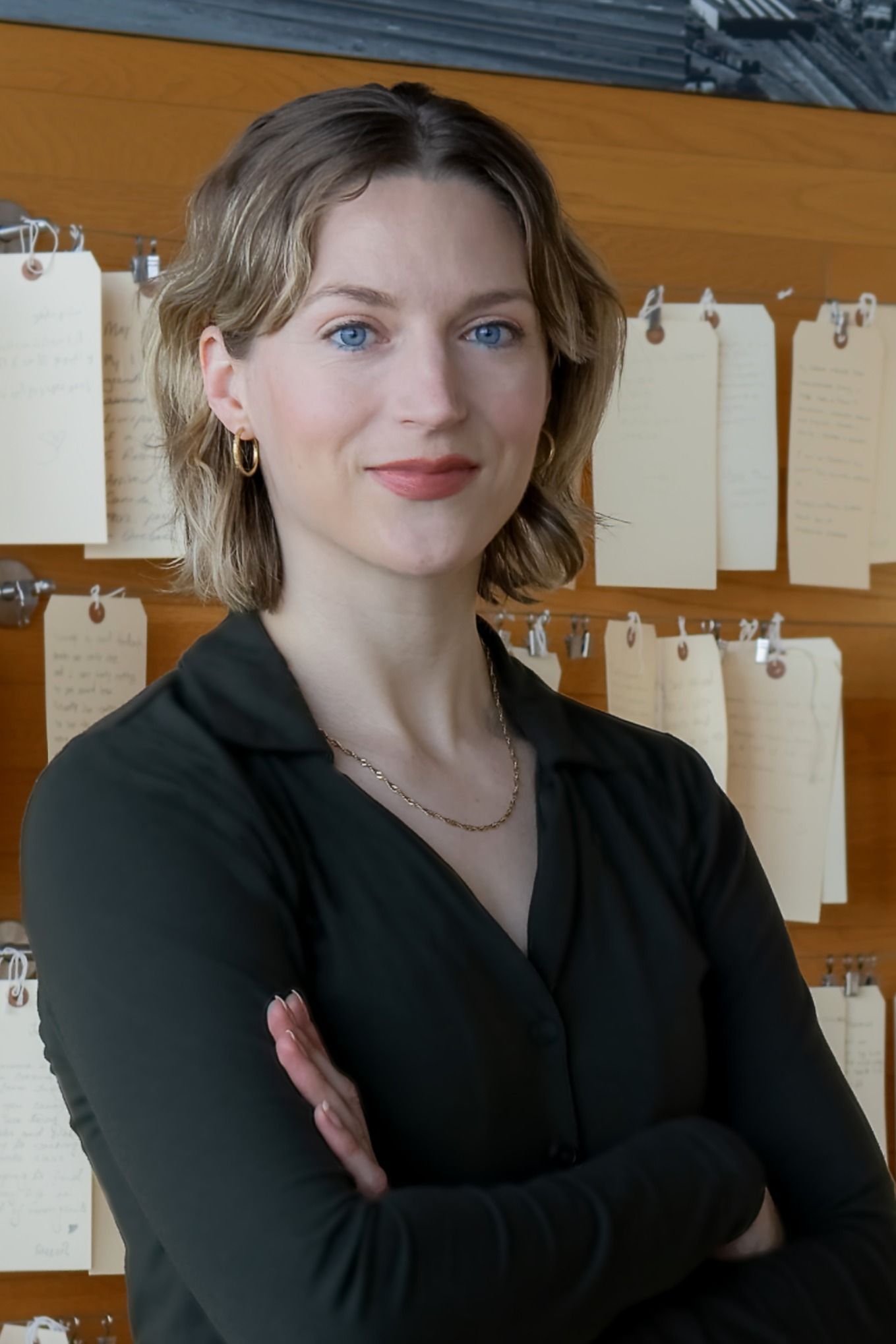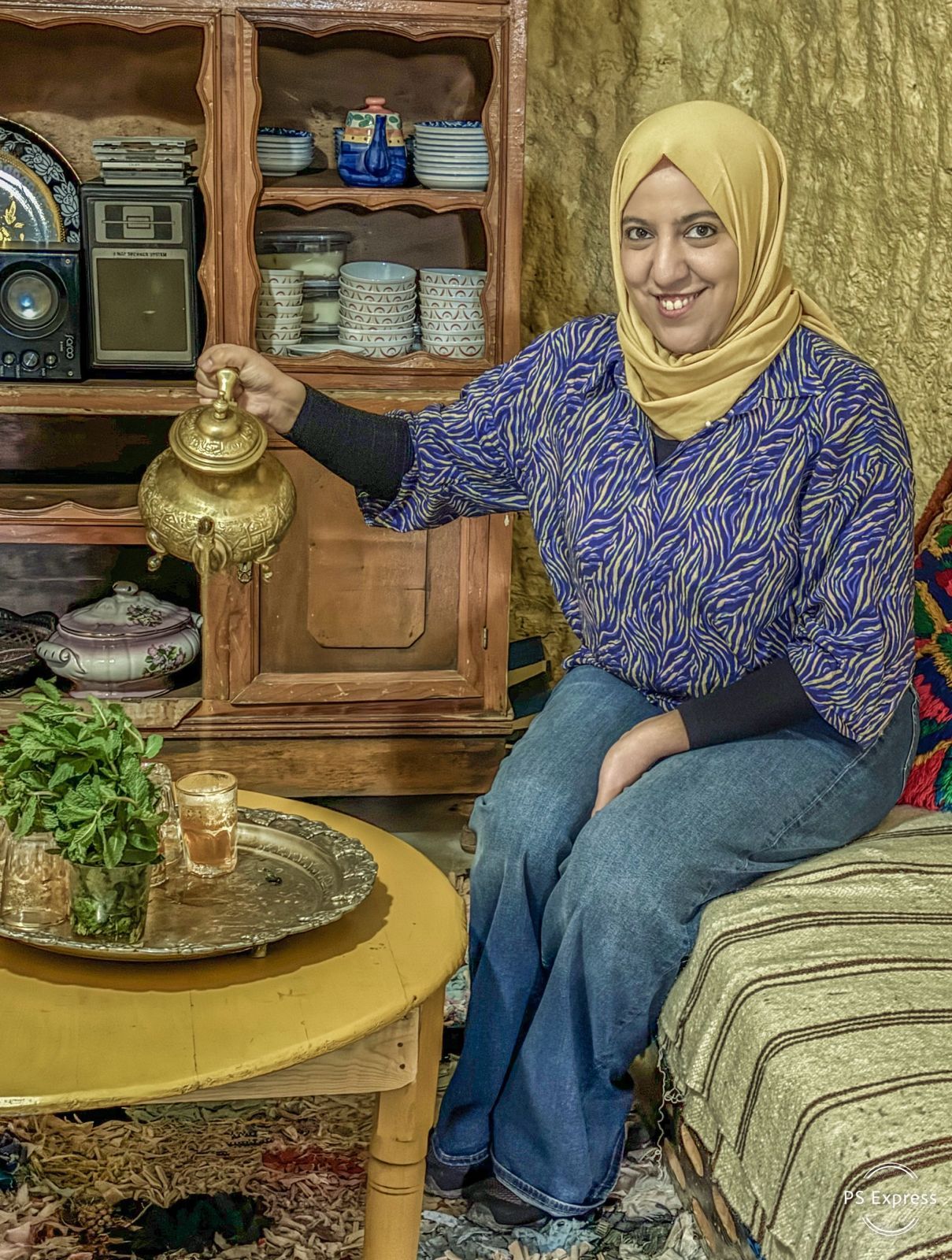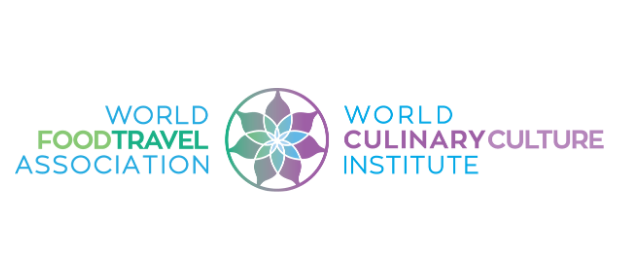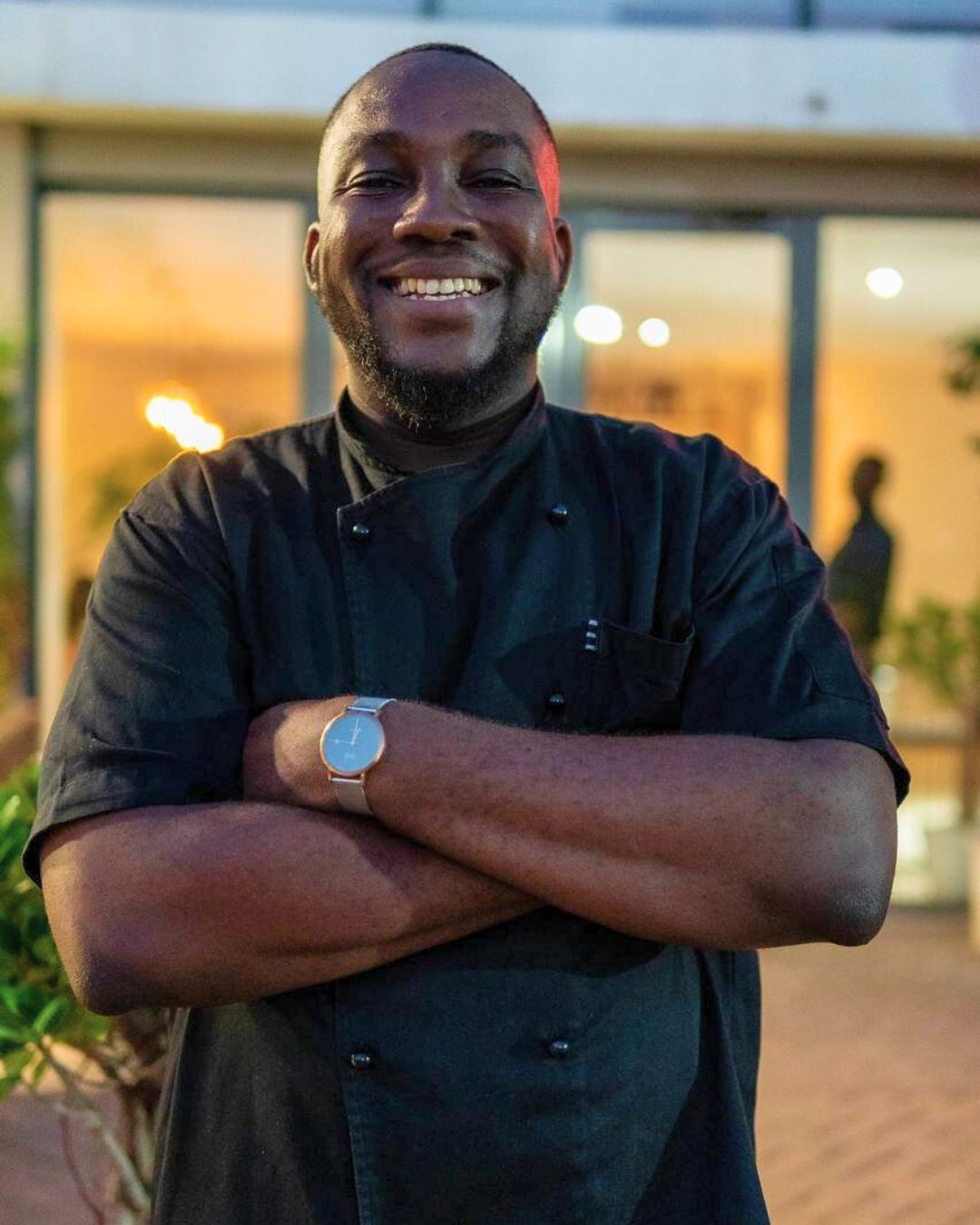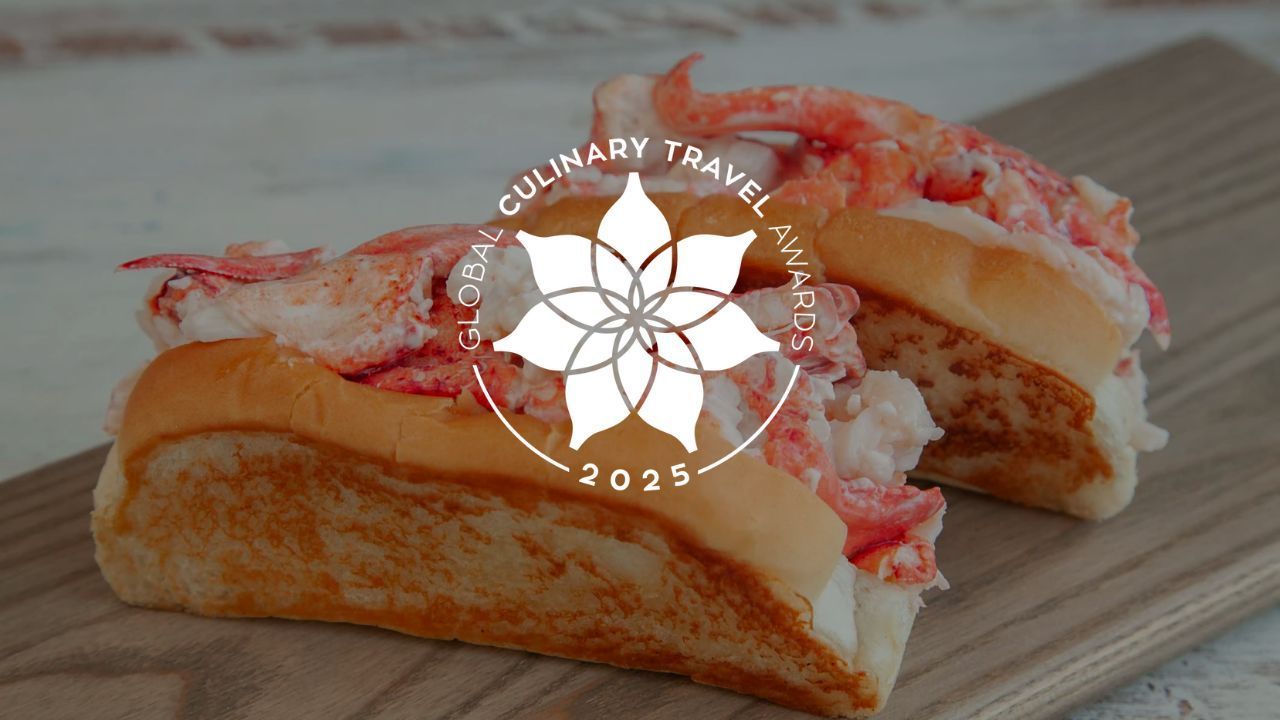Team Spotlight: María Hernández
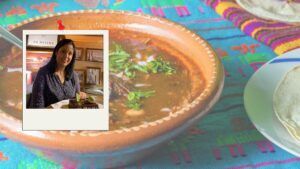
Born and raised in Zacatecas, Mexico, Maria Hernández didn’t travel much while growing up. Her first big trip was when she left home to move to Spain. But ever since, she’s been on the move, living on and off in Europe for the last 11 years.
Raised by her grandmother, her first memories are of both of them together in the kitchen. “I remember us preparing the seven dishes on the Fridays of Lent, spending all morning cooking without eating, and waiting to break the fast,” she says. It was these early memories which sparked her interest in food and culinary culture.
Currently, Maria is wrapping up her Master’s in Italian Food and Wine at the University of Padova, but before that, she obtained a Bachelor’s in Food Chemistry from the Universidad Autónoma de Zacatecas, as well as a Master’s in Chemistry and Environmental Biology from Roskilde University. Maria notes that she became involved in food tourism because of her ongoing studies, and specifically, her current Master’s has given her the opportunity to explore wine and food tourism’s economic, social and environmental impact within the Italian context.
Her first encounter with the WFTA was also during her Master’s program at the University of Padova. She worked with material published by WFTA with her professor Matthew Stone, who is the lead research advisor for the association. She now works with WFTA as Training Manager, where in her own words, she notes, “I’m focused on managing the learning platform. This means uploading and updating the content and being in touch with the students.” Maria is also working on the Spanish version of the certifications and masterclasses.
Maria has always loved to teach, and in some way or another, she has been doing it since she was 17, making this role a natural fit for her.
When asked about the importance of food and food culture, Maria says, “…food is not just food. It shows social interactions among groups, it portrays who we are in that moment and who we have been.” She adds that by studying the changes in food patterns over time in a culture, it is possible to relate it with historical moments, and how they affected other aspects of society.
Regarding gastronomic tourism, Maria remarks, “It’s an instant way to connect to the place you are visiting and take it with you once the trip is finished. Because depending on where you are, maybe connecting with locals is not an easy task, or you are a more shy type of person. But food gives you an insight into the place without speaking.”
A couple of fun facts about Maria:
Her state, Zacatecas, is the proud host of the “ RataFest.” There is a long tradition of eating field rats in different dishes; the most famous is the soup, which is advertised as miraculous.
While living in Valencia, Spain, Maria was part of a wine club, so she was able to visit several wineries in the area. To this day, her favorite is Bodegas Castaño, from Yecla, noting that tour was unique because the three generations of winemakers stayed with her group the entire time. She still remembers how proud the grandfather was of his family and the winery.
Maria’s favorite dish is “birria”, a Mexican delicacy which consists of stewed meat and spices, which she cites as her go-to staple for celebrations and as a comfort food. She adds that the broth is the best part.
The culinary destination she is most looking forward to visiting is Napoli, which she hopes to explore in a couple of months. And speaking of things to look forward to, Maria believes that we will see a rise in short trips to one’s hometowns, to rediscover the region’s cuisine. She observes, “Travel by plane has been complicated this summer, at least in Europe, and this will be a factor when planning the upcoming trips.”
Thank you for all your hard work, Maria! It’s great to have you.

